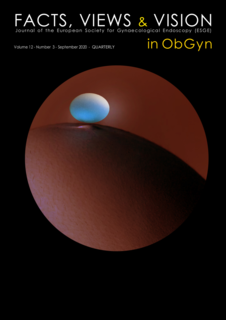Treatment algorithm in patients with ovarian cancer
Epithelial ovarian cancer, treatment algorithm, genetic testing, targeted agents
Published online: Oct 09 2020
Abstract
Most ovarian cancer patients are diagnosed only at advanced stages when survival outcomes are worse, and when therapeutic decisions might prove challenging. The fundamental treatment for women with ovarian cancer includes debulking surgery whenever possible and appropriate systemic therapy (chemotherapy, targeted and antiangiogenic agents). In the last few years, knowledge about histological and molecular characteristics of ovarian cancer subtypes and stages has increased considerably. This has enabled the development and improvement of several options for the diagnosis and treatment of ovarian cancer in a patient-tailored approach. Accordingly, therapeutic decisions are guided by the characteristics of the patient and the tumour, especially the molecular features of the cancer subtype and disease stage. Particularly relevant are the advances in early genetic testing of germline and somatic mutations involved in DNA repair, and the clinical development of targeted agents. In order to implement the best individual medical strategies, in this article, we present an algorithm of treatment options, including recently developed targeted agents, for primary and recurrent ovarian cancer patients in Belgium.



